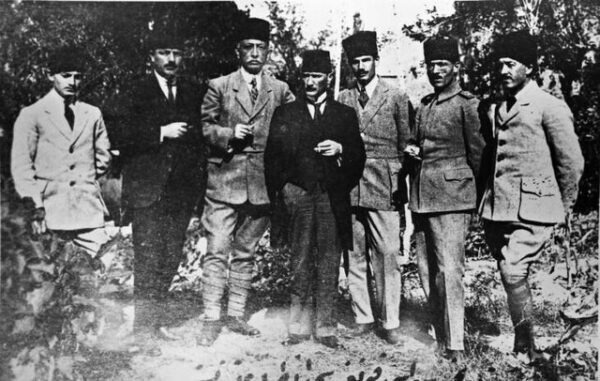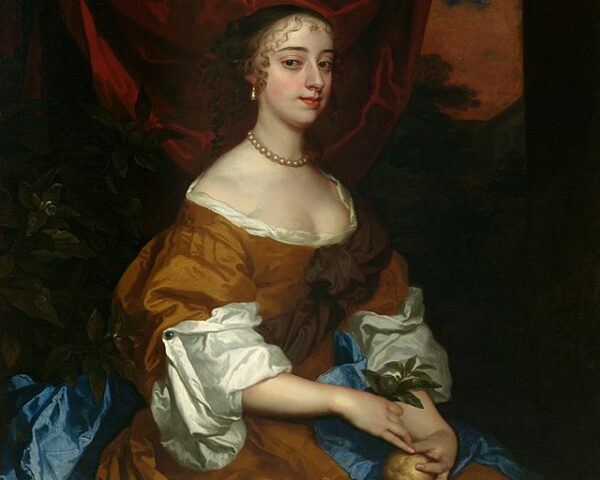The morning of October 6, 1923, marked the end of an era—and the symbolic birth of another. For nearly five years, foreign troops had occupied Constantinople (modern-day Istanbul), the ancient capital of empires, following the Ottoman Empire’s defeat in World War I. That day, forces of the Turkish National Movement, loyal to Mustafa Kemal Atatürk, marched into the city, restoring Turkish sovereignty after centuries of imperial decline and foreign intervention. The moment was both a triumphal culmination of the Turkish War of Independence and a funeral procession for the Ottoman order that had ruled from the Golden Horn since 1453.
The Allies’ occupation of Constantinople in 1918 had been one of the humiliating consequences of the Ottoman defeat. British, French, Italian, and Greek troops controlled the city, seizing government buildings and disarming Turkish forces under the pretense of enforcing the Armistice of Mudros. For the residents of the imperial capital, the occupation was a daily reminder of dismemberment: soldiers patrolled the streets, and the Sultan’s government, compliant with Allied demands, was powerless to resist. Yet in Anatolia, a new resistance was gathering under the leadership of Mustafa Kemal, a young Ottoman officer who refused to accept the empire’s partition.
From 1919 to 1922, the Turkish National Movement fought a grueling war against both occupying Allied forces and Greek armies advancing from the west. The struggle culminated in decisive victories at Sakarya and Dumlupınar, forcing the Greeks to retreat and compelling Britain and its allies to reconsider their positions. The Armistice of Mudanya, signed on October 11, 1922, ended hostilities and acknowledged the Nationalists’ de facto control of Anatolia. One of its key provisions was the peaceful evacuation of Allied troops from Eastern Thrace and Constantinople. That withdrawal was completed almost exactly a year later, setting the stage for the symbolic reentry of Turkish forces.
When Turkish troops entered Constantinople on October 6, 1923, they did so without bloodshed. The British and French garrisons quietly departed in accordance with the Mudanya terms, and the Turkish flag once again rose above Dolmabahçe Palace. Crowds filled the streets to welcome the soldiers who represented the new republic-in-waiting. Newspapers across Turkey heralded the event as “the liberation of the nation’s heart.” For Atatürk and his supporters, the return of Constantinople was not merely territorial—it was psychological. It affirmed the unity of a people who had resisted imperial dismemberment and replaced an old, exhausted dynasty with a new national ideal.
Only weeks later, on October 29, the Grand National Assembly would formally proclaim the Republic of Turkey, with Atatürk as its first president. The liberation of Constantinople had made this transformation inevitable. It demonstrated to the world that the Turks were not merely heirs to a fallen empire but authors of a modern nation-state, one that would turn its face toward Europe, secularism, and reform. The centuries-long reign of sultans and caliphs had ended; the age of republicanism had begun.
Yet the transition was not without irony. Constantinople, the imperial city, would soon lose its capital status to Ankara, a modest inland town that had served as the Nationalist headquarters during the war. Atatürk’s choice symbolized a deliberate break from the Ottoman past: a new Turkey built on the rugged soil of Anatolia rather than the cosmopolitan grandeur of empire. This broader effort to redefine national identity extended even to the city’s name. In 1930, the Turkish government formally abandoned the use of “Constantinople” in all official communications, notifying foreign governments and postal systems that only “İstanbul” would be recognized—a linguistic declaration of independence that completed the city’s transformation from imperial capital to modern republic.
In later years, October 6 became celebrated as “Istanbul’s Liberation Day,” commemorating not only the end of occupation but the assertion of national will that defined modern Turkey. The march into Constantinople represented more than a military parade. It was the dramatic closing act of the Ottoman story and the opening scene of a republic determined to remake itself in its own image. For a city that had seen the banners of Byzantium, the Crescent of the Caliphs, and the flags of the Allies, the return of Turkish soldiers under Atatürk’s command was both a homecoming and a rebirth.






